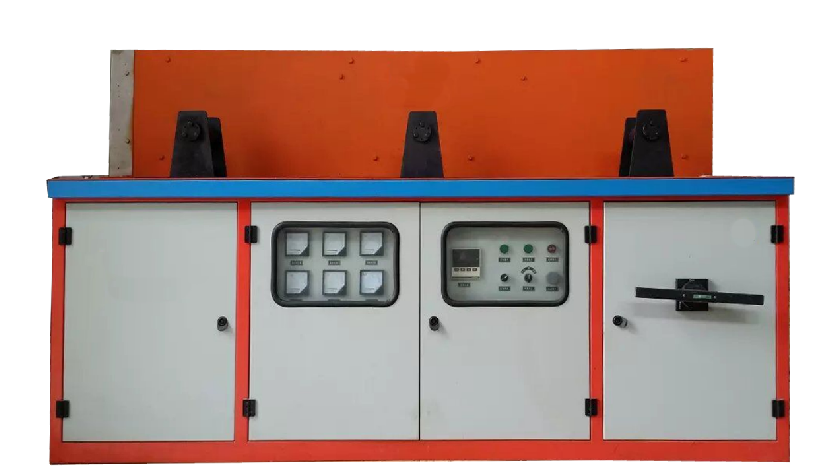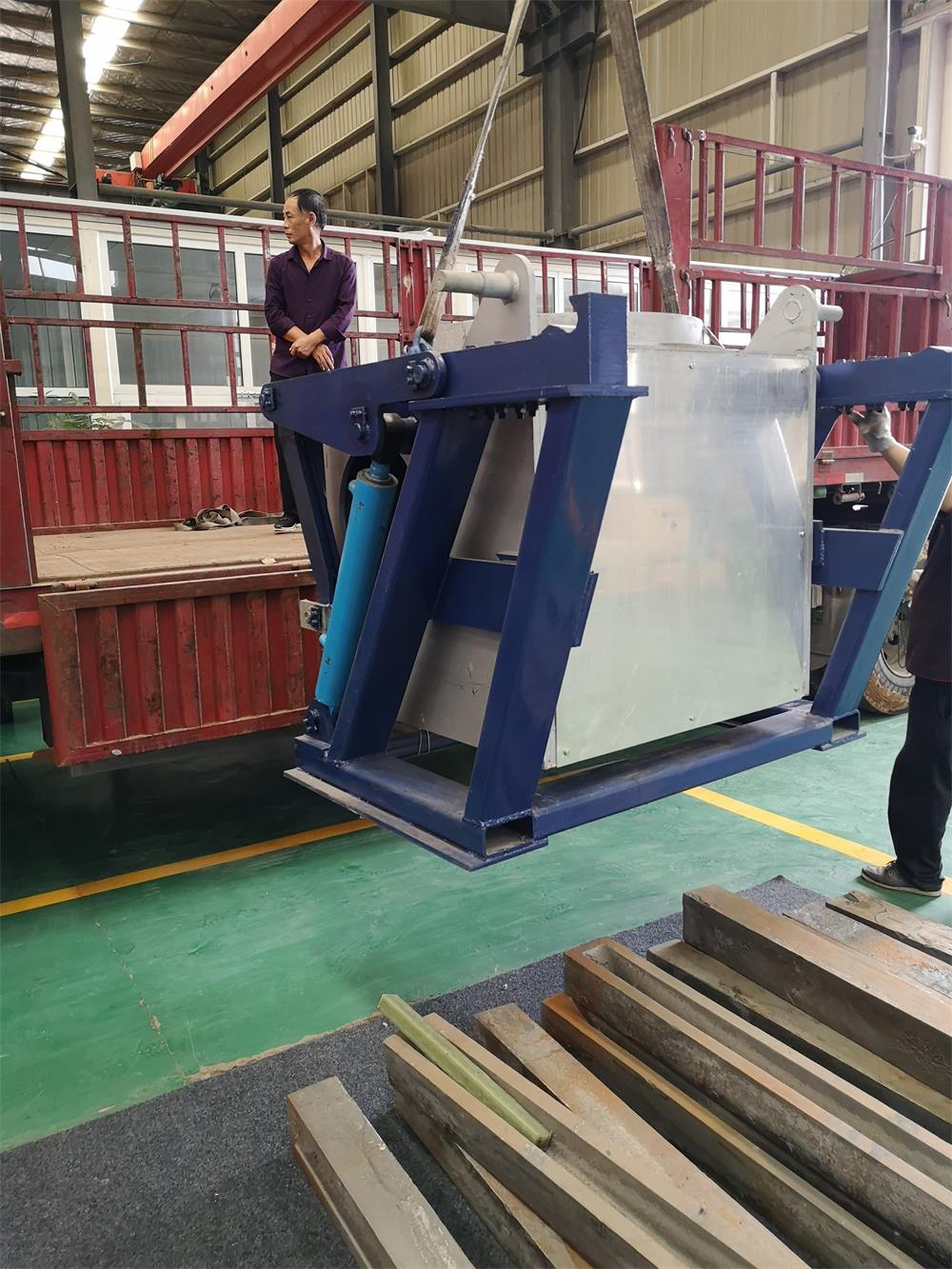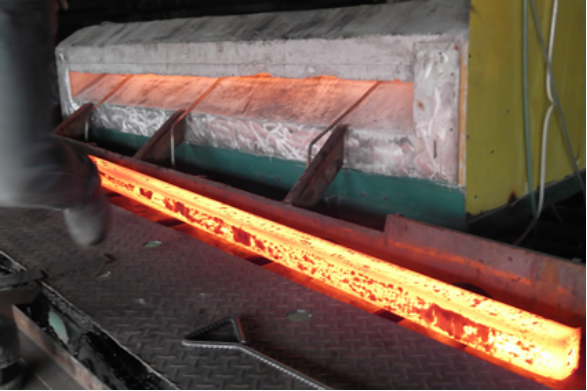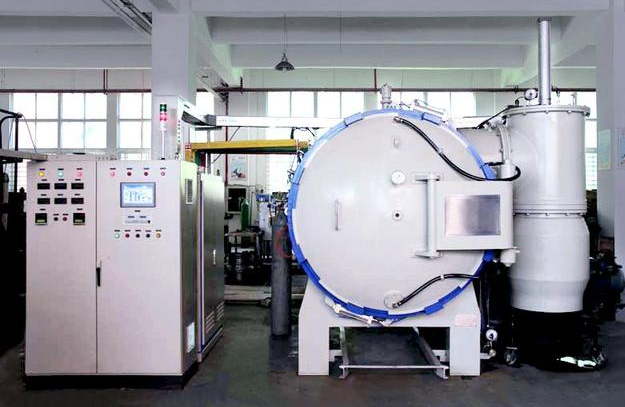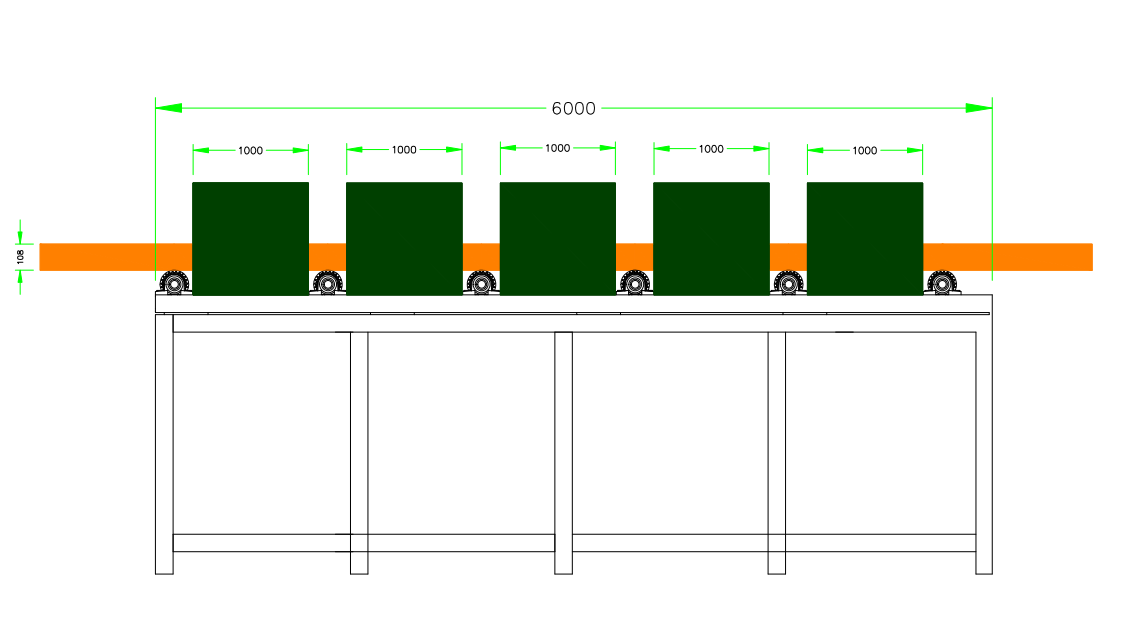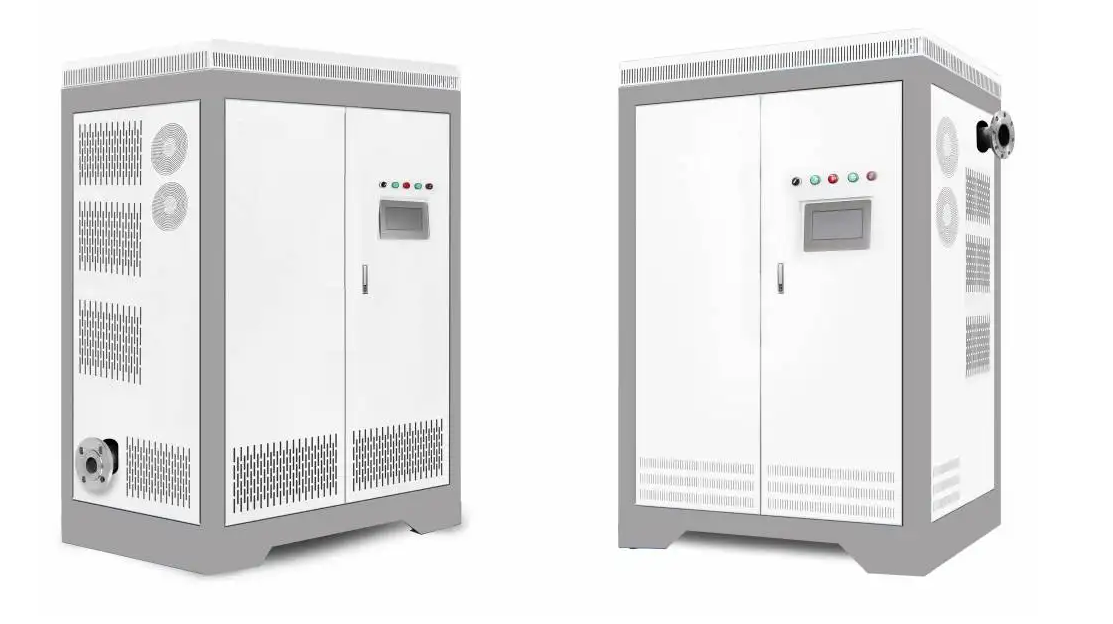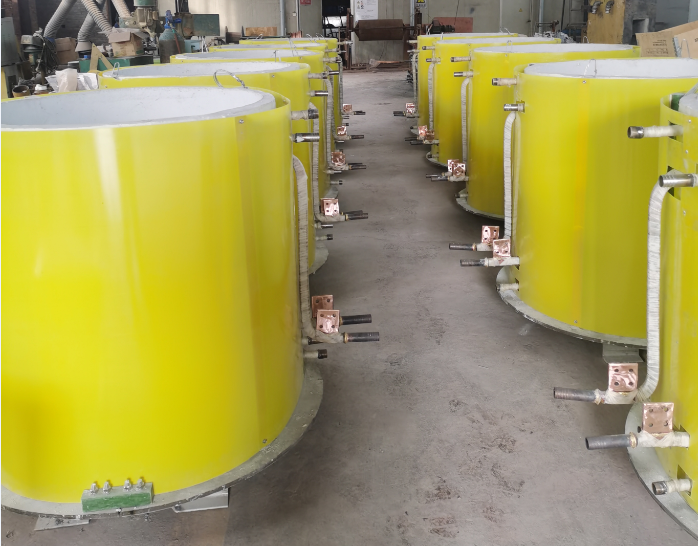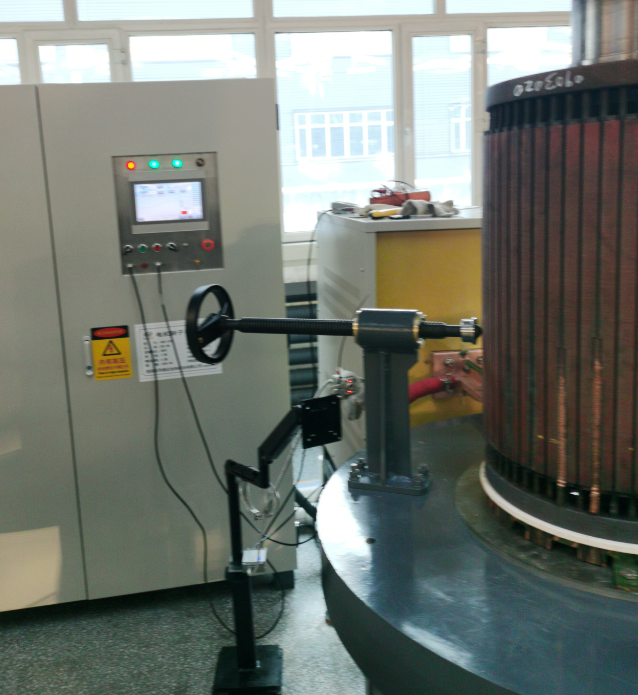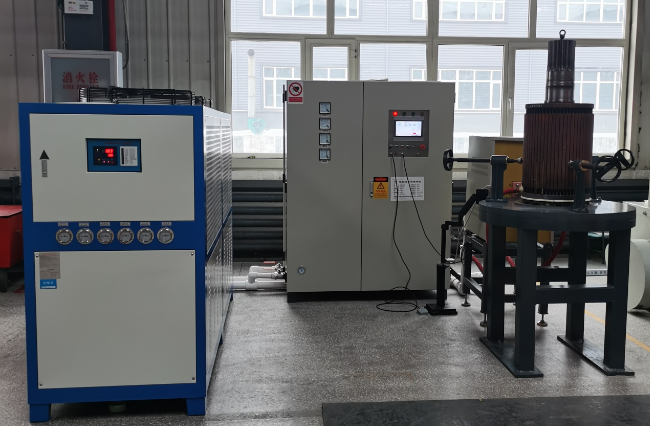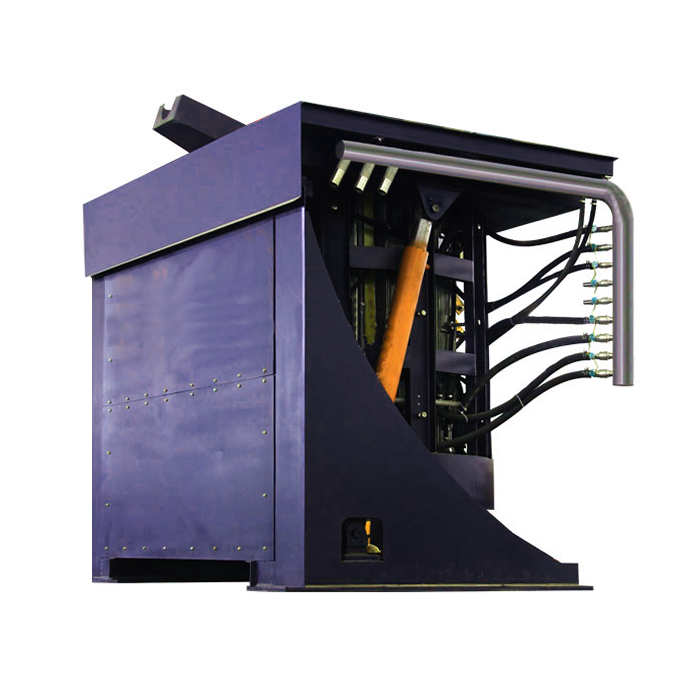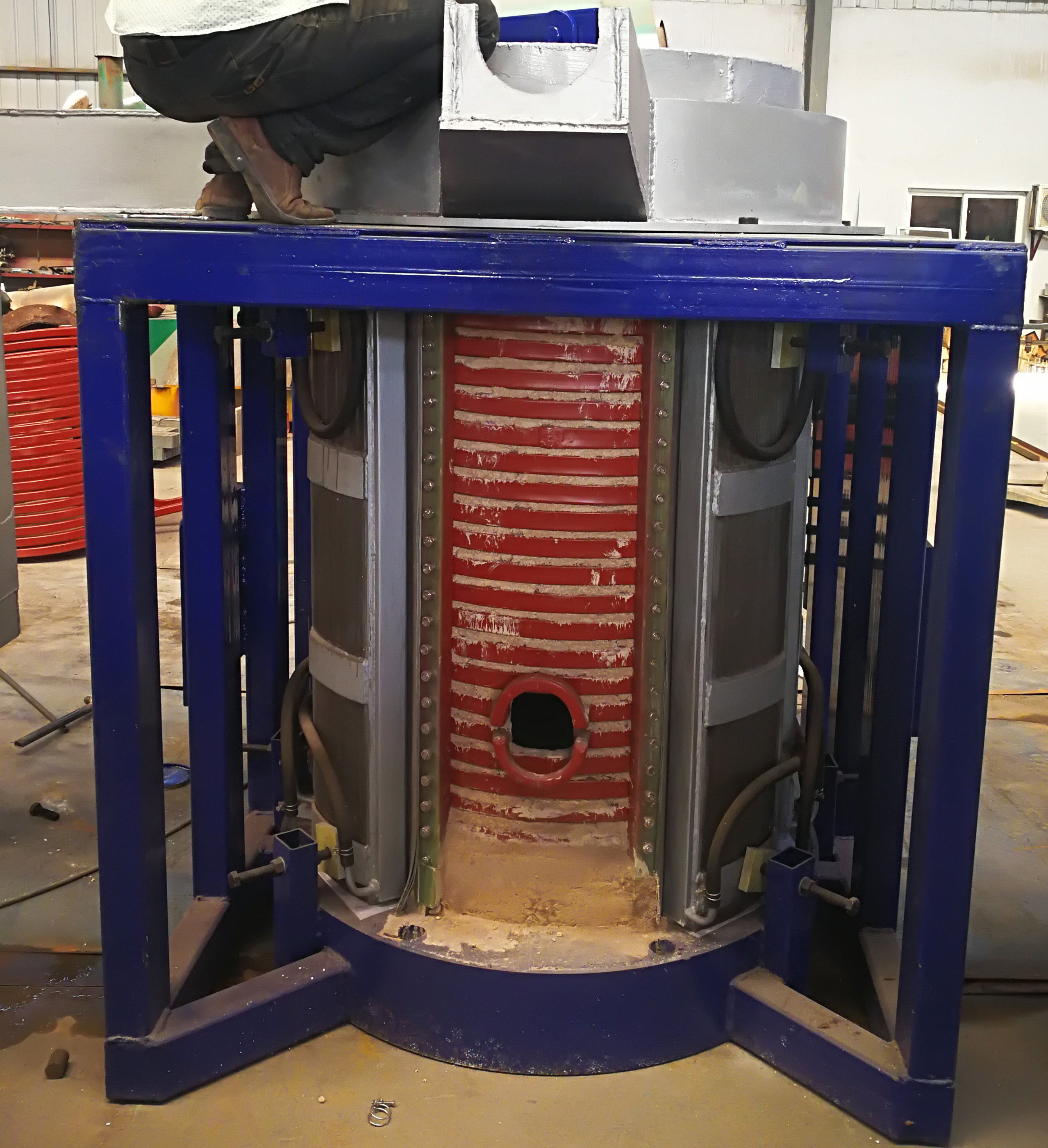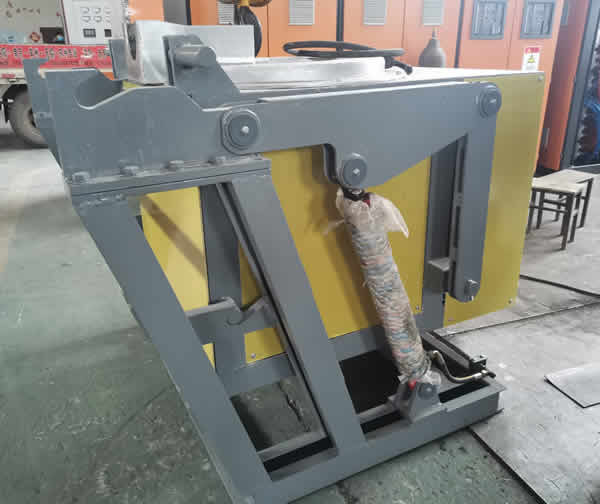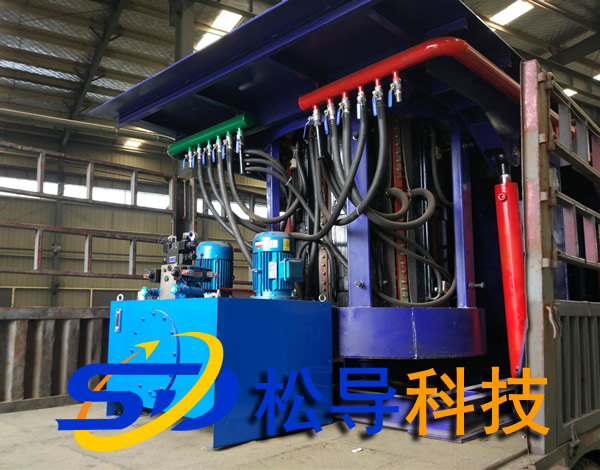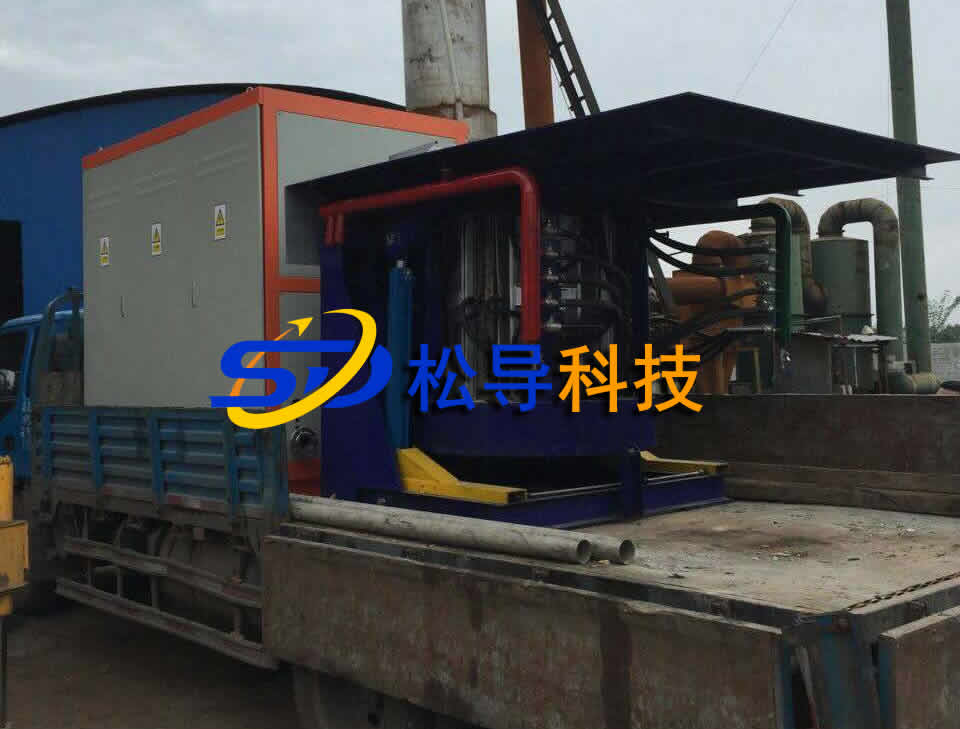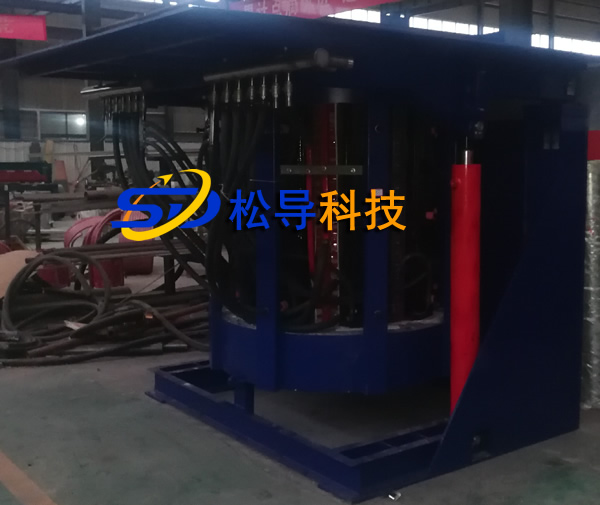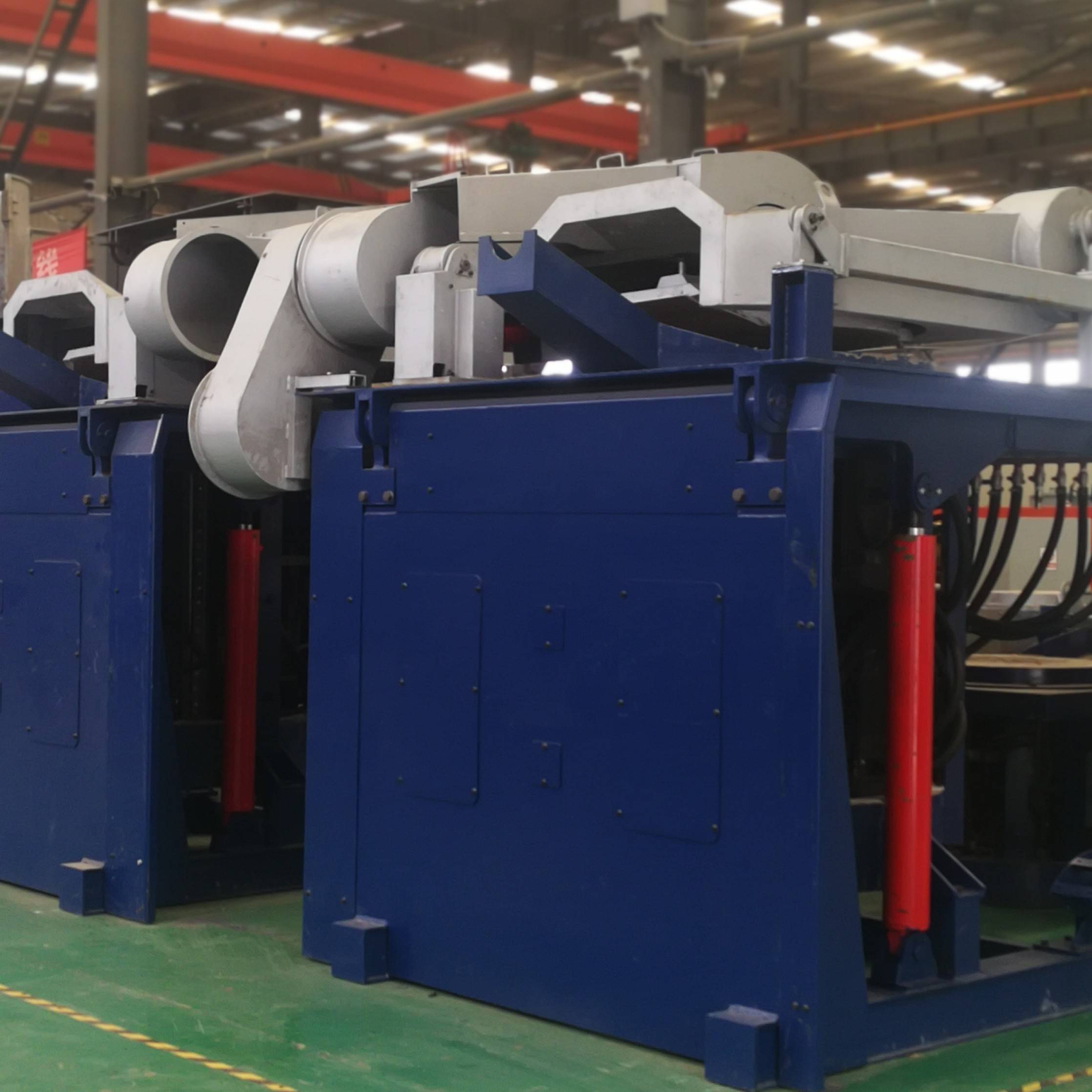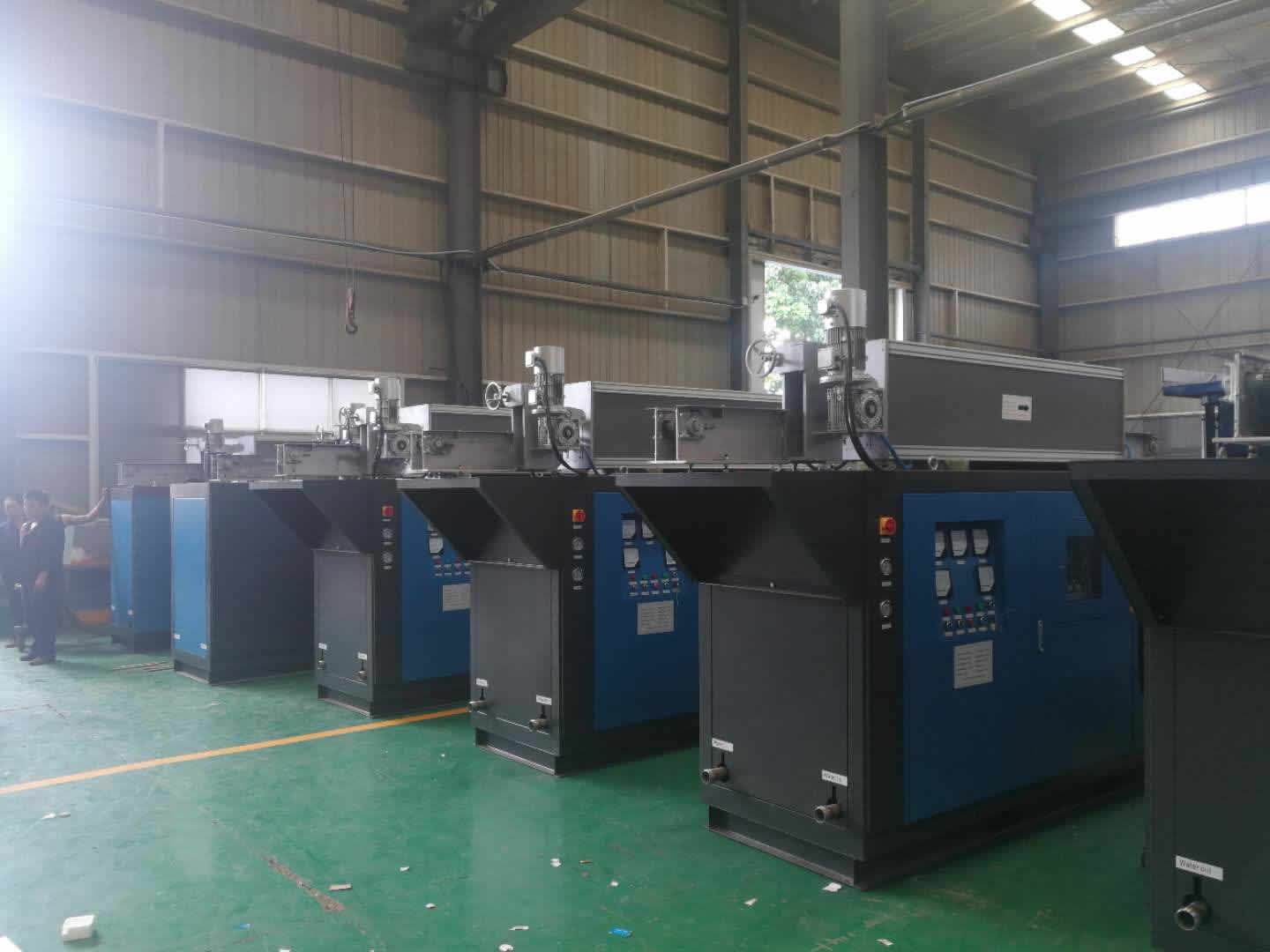
洛阳松导感应加热科技有限公司
联系方式:15038554363
24小时技术热线:15038554363
邮 箱:1390003299@qq.com
厂址:河南省洛阳市洛新工业园区
石墨烯制造出来的更快更敏感的光探测器
来自University of Maryland大学Center for Nanophysics and Advanced Materials中心的研究者开发出了一种新型热电子辐射测量计——红外光的灵敏型探测器,他可以被用于一系列广泛的应用中,包括从远距离化学和生物化学武器的探测,安全成像技术(例如机场人体扫描器)到实验室的化学分析和通过改良型望远镜对宇宙结构的研究。
UMD研究者在研究助理员Jun Yan、Michael Fuhrer教授和Dennis Drew教授的带领下,使用双层石墨烯(具有两个原子厚度的碳薄片)开发出了这种辐射热测量计。由于石墨烯的独特特性,这种辐射热测量计对于一系列光能量非常敏感,包括从太赫兹频率、传统红外线的亚毫米波到可见光。
石墨烯热电子辐射热测量计作为一种快速、敏感和低噪音的亚毫米波(这种波很难被探测出来)探测器非常具有应用前景,但是这些光子会被相对冷却的星际分子释放出来,亚毫米波天文学通过观察分子的星际云,对这些恒星与星系形成的初期阶段进行了研究。亚毫米波的灵敏型探测器正在搜寻新的天文台,这将决定红移和一些遥远的初期星系,并使我们能够对暗能量和宇宙结构进行研究。
Maryland小组的发现被发布在了Nature Nanotechnology杂志6月的第3期上。
许多光子探测器是基于半导体建成的,半导体是一种具有大值域能量的材料,他们的电子——叫做带隙——不能被获取,半导体中的电子可以吸收比带隙具有更多能量的光线的光子,并且这种特性形成了例如光伏电池等设备的基础。
石墨烯是一种单原子厚的石墨烯平面,他的特点是具有一个完全是零能量的能带隙,因此,石墨烯能够吸收任何能量的光子,这个特性使石墨烯变得非常令人关注,他能够吸收穿过许多半导体的低能光子。石墨烯作为一种光子吸收器还具有另外一个吸引人的特性:吸收能量的电子能够有效的将这些能量存储起来,而不是将他们消散到材料原子的振动中,这种特性还使石墨烯具有非常低的电阻。
University of Maryland大学的研究者利用这两种特性设计出了热电子辐射热测量计,他通过测量电子吸收光线时所产生的热量导致的电阻中产生变化来起作用。
通常来说,石墨烯的阻力跟温度几乎是相独立的,这个特征使他不适用于辐射热测量计中,所以University of Maryland研究者使用了一个特殊的技巧:当双层石墨烯被暴露到电场中时,他就会产生一个小带隙,这个带隙大到他的阻力会受到温度的强烈影响,但是也足够小到来维持他吸收低能红外光子的能力。
研究者发现他们的双层石墨烯热电子辐射热测量计能够在5 Kelvin的温度下运行,并且在同样的温度条件下他比现存的辐射热测量计更敏感,而且快100倍。他们推测了石墨烯辐射热测量计在低温条件下的性能,然后发现他很可能会优于所有的现存技术。
一些挑战仍然存在,双层石墨烯辐射热测量计比使用其他材料的类似设备具有更高的电阻,这使他不能在高频率下使用,此外,双层石墨烯只会吸收一少部分的入射光,但Maryland研究者正在想尽各种方法通过新设备的设计来克服这些困难,并且他们相信石墨烯作为一种光探测材料会具有广阔的应用前景。
Splitting the Unsplittable: Physicists Split an Atom Using Quantum Mechanics Precision
Researchers from the University of Bonn have just shown how a single atom can be split into its two halves, pulled apart and put back together again. While the word "atom" literally means "indivisible," the laws of quantum mechanics allow dividing atoms -- similarly to light rays -- and reuniting them. The researchers want to build quantum mechanics bridges by letting the atom touch adjacent atoms while it is being pulled apart so that it works like a bridge span between two pillars.
The results have just been published in the journal Proceedings of the National Academy of Sciences.
Dividing atoms? What sounds like nuclear fission and radioactivity is, however, a precision process using quantum mechanics. The laws of quantum mechanics allow objects to exist in several states simultaneously. This is what the so-called double-slit experiment is based on, where a particle can go through two slits at the same time. The Bonn scientists working with Prof. Dr. Dieter Meschede from the Institute for Applied Physics of the University of Bonn succeeded in keeping a single atom simultaneously in two places that were more than ten micrometers, or one hundredth of a millimeter, apart. This is an enormous distance for an atom. Afterwards, the atom was put back together undamaged.
The atom has a split personality
The fragile quantum effects can only occur at the lowest temperatures and with careful handling. One method is cooling a cesium atom enormously using lasers -- to a temperature of a tenth of a million above absolute zero -- and then holding it with another laser. This laser beam is key to splitting the atom. It works because atoms have a spin that can go in two directions. Depending on the direction, the atom can be moved to the right or the left by the laser like on a conveyor. Key is that the atom's spin can be in both directions simultaneously. So, if the atom is moved to the right and left at the same time, it will split. "The atom has kind of a split personality, half of it is to the right, and half to the left, and yet, it is still whole," explained Andreas Steffen, the publication's lead author.
The parts compare their "experiences"
But you cannot see the split directly; if you shine a light on the atom to take a picture, the split will collapse immediately. The atom can then be seen in several images; sometimes on the left, sometimes on the right -- but never in both places. And yet, the split can be proved successfully by putting the atom back together. Thus an interferometer can be built from individual atoms that can, e.g., be used to measure external impacts precisely. Here, the atoms are split, moved apart and joined again. What will become visible, e.g., are differences between the magnetic fields of the two positions or accelerations since they become imprinted in the quantum mechanical state of the atom. This principle has already been used to very precisely survey forces such as Earth's acceleration.
Quantum systems as tools?
The Bonn scientists, however, are looking for something else: simulating complex quantum systems. Many physicists have been hoping for a long time to be able to simulate so-called topological isolators or plant photosynthesis -- phenomena that are hard to capture with modern super computers -- using small quantum systems. The first steps on the way to such simulators could consist of modeling the movement of electrons in solid bodies, thus gaining insights for innovative electronic devices. Examples for this are Dirac motion of electrons in a single graph-layer or the emergence of artificial molecules from interacting particles. But for this purpose, individual atoms would not only have to be well controlled, but also linked according to quantum mechanical laws since where the crux of the matter lies is exactly in a structure made up from many quantum objects.
A cog in a gearbox
"For us, an atom is a well-controlled and oiled cog," said Dr. Andrea Alberti, the team lead for the Bonn experiment. "You can build a calculator with remarkable performance using these cogs, but in order for it to work, they have to engage." This is where the actual significance of splitting atoms lies: Because the two halves are put back together again, they can make contact with adjacent atoms to their left and right and then share it. This allows a small network of atoms to form that can be used -- like in the memory of a computer -- to simulate and control real systems, which would make their secrets more accessible. The scientists believe that the entire potential of controlling individual atoms this precisely will become apparent over time.
手 机:15038554363
